Imagine stepping into a vehicle, setting your destination, and being driven there without a driver touching the wheel. It sounds like science fiction, but it’s already a reality in development: we are talking about the Robotaxi, an in innovation that has the potential to permanently transform the way we move around the city.
More than just a curious idea, this concept raises questions about safety, reliability, and the evolution of city transportation. In this blog, we will guide you through the world of robotaxis—how they operate, the key advantages, and the hurdles they face before fully integrating into daily urban life.
Breakthroughs in electric vehicles and autonomous driving have made this vision possible. Beyond technological innovation, the main goal is to provide safety and efficiency on every journey, offering an urban transportation alternative that is not only more sustainable but also more reliable for millions of people.
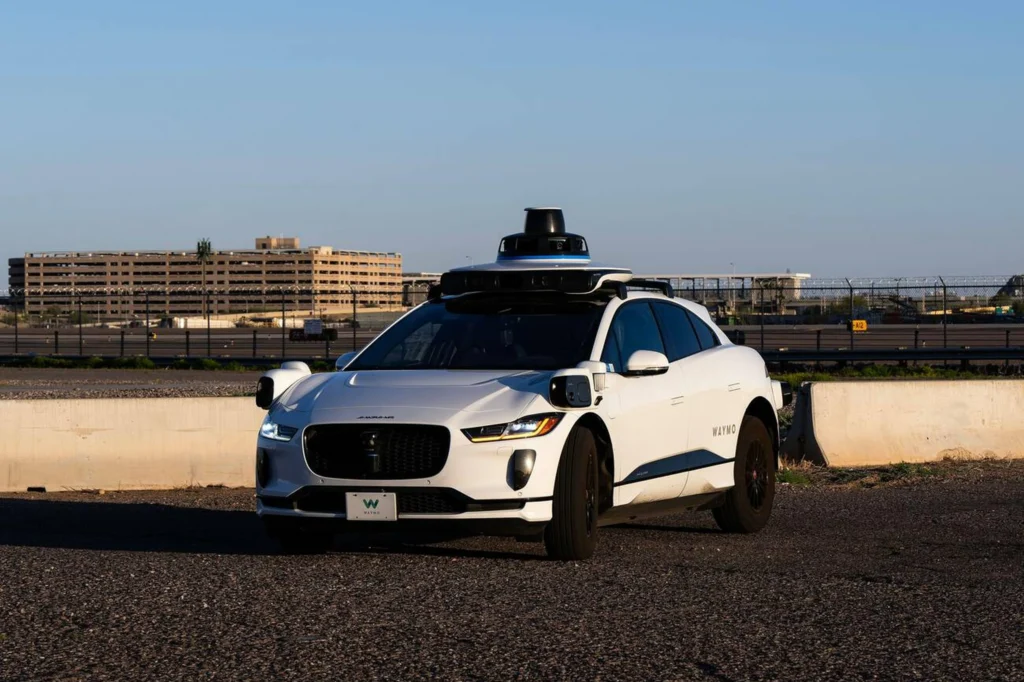
What is a Robotaxi?
A Robotaxi is an autonomous car engineered for convenient city rides without human intervention. Unlike other connected vehicles that require occasional assistance, robotaxis are built for total autonomy, moving passengers from one destination to another through just a few clicks on a mobile app or booking system.
More than just a ride, the Robotaxi represents a shift toward a future of mobility where technology takes the wheel, paving the way for smarter city planning and safer streets.
This self-driving taxi also answers the call for smarter, greener, and more accessible mobility. By harnessing automation, it makes scheduled rides more reliable than ever—free from the limits of driver availability. At its heart, it blends the convenience of a private ride with a forward-looking vision of cleaner, safer, and better-organized cities where technology directly improves everyday life.
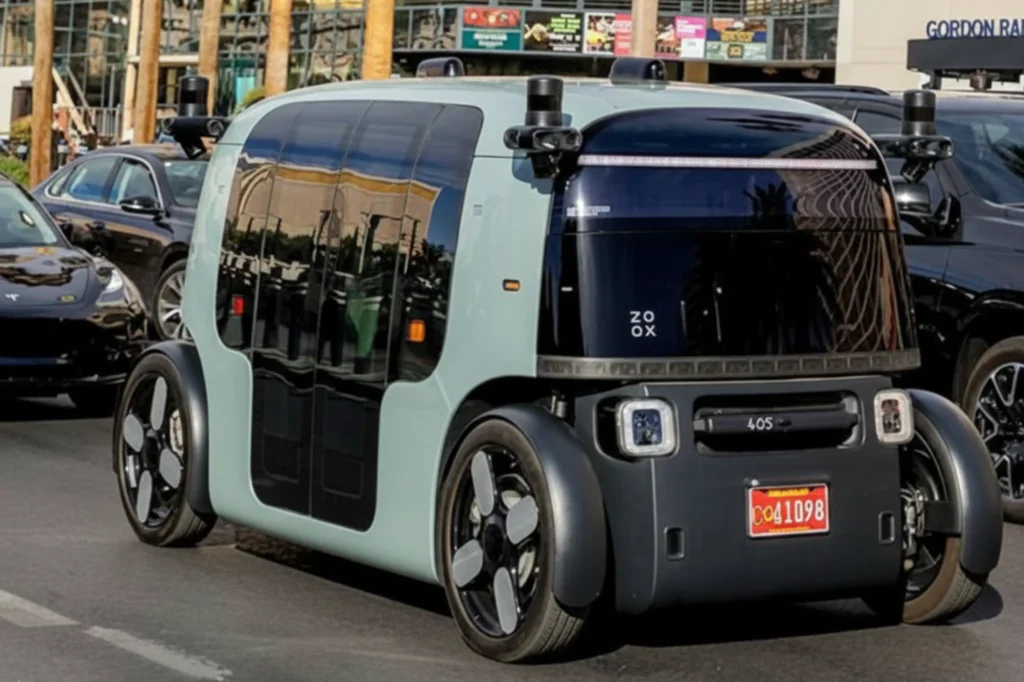
Inside the World of Robotaxis: How They Work
At the core of every self-driving car lies a cutting-edge fusion of sensors, cameras, radars, and AI systems. These components work together to interpret the surroundings in real time, identifying pedestrians, traffic signals, cyclists, nearby vehicles, and potential road hazards.
Robotaxis can chart the best routes, anticipate other drivers’ actions, and react instantly—without fatigue, distraction, or emotional bias. Every journey becomes calm, safe, and effortless.
Straight out of a sci-fi film, its technology blends high-precision mapping with sensors that scan the surroundings in real time, and cutting-edge AI algorithms that predict traffic movements and driver behavior before they occur.
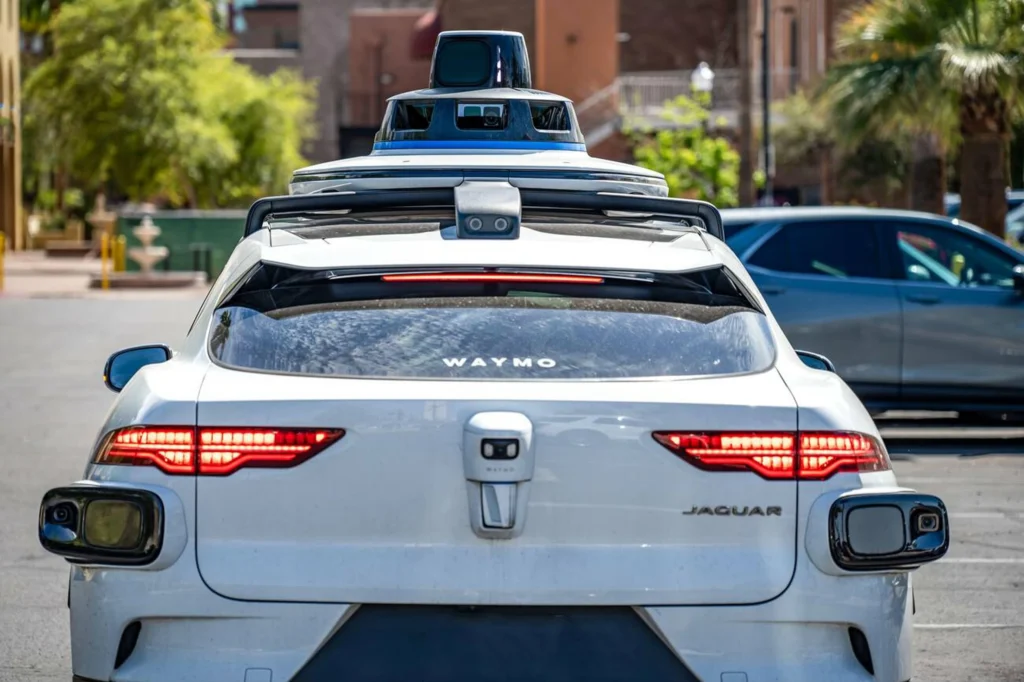
How Robotaxis Would Benefit Urban Life
The introduction of robotaxis is set to transform city transportation:
- More Road Safety: Without human mistakes, which cause most traffic accidents, robotaxis would help reduce crashes and risky scenarios.
- Less Traffic: Robotaxis communicate and work together to find the best routes, avoiding traffic jams whenever possible.
- Environmental Sustainability: Many of these vehicles are designed to run on electric power, helping to reduce pollution in metropolitan areas.
- Greater Accessibility: People who cannot drive due to age, disability, or lack of a license would have a safe and reliable transportation alternative.
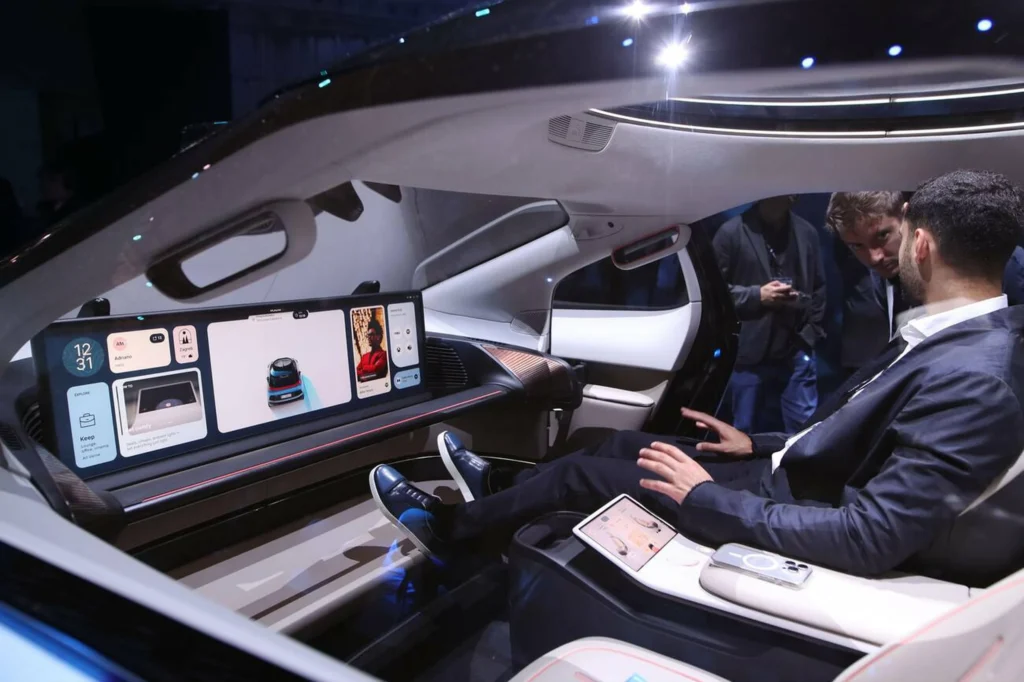
Challenges Facing the Robotaxi
Although promising, significant barriers still remain before robotaxis can become a regular part of urban traffic:
- Legal Regulation: In most countries, specific rules for the widespread use of fully autonomous vehicles are still lacking.
- Urban Infrastructure: City streets, signals, and traffic management systems are not always ready to accommodate this kind of mobility.
- Public Confidence: Widespread adoption depends not only on technology but also on building trust in vehicles without drivers. Cultural acceptance will matter as much as the technology itself.
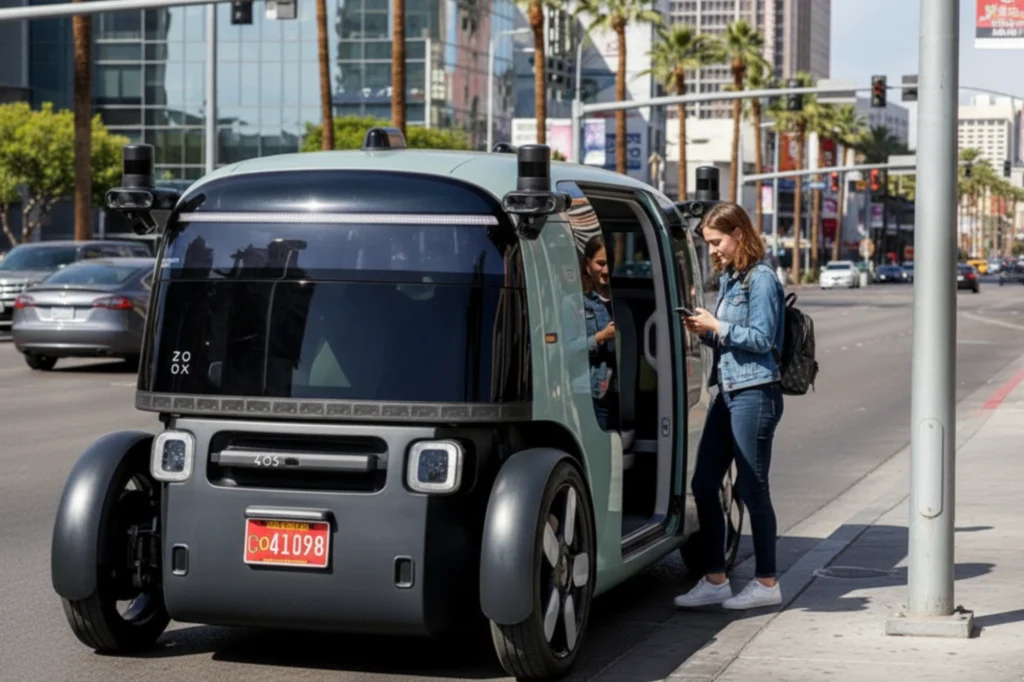
The Future of Urban Transportation with Robotaxis
The robotaxi is expected to play an important role in smart cities, connecting smoothly with other public and shared transport options. In addition, it doesn’t aim to replace existing transportation but to complement it, helping make city travel more organized, accessible, and greener.
In metropolitan areas with millions of residents, Robotaxis could become strategic allies for reducing traffic, improving road safety, and providing flexible transportation solutions. Furthermore, in rural or low-density areas, they could ensure service where there are currently insufficient options. Overall, Robotaxis have the potential to enhance mobility across both urban and rural environments.
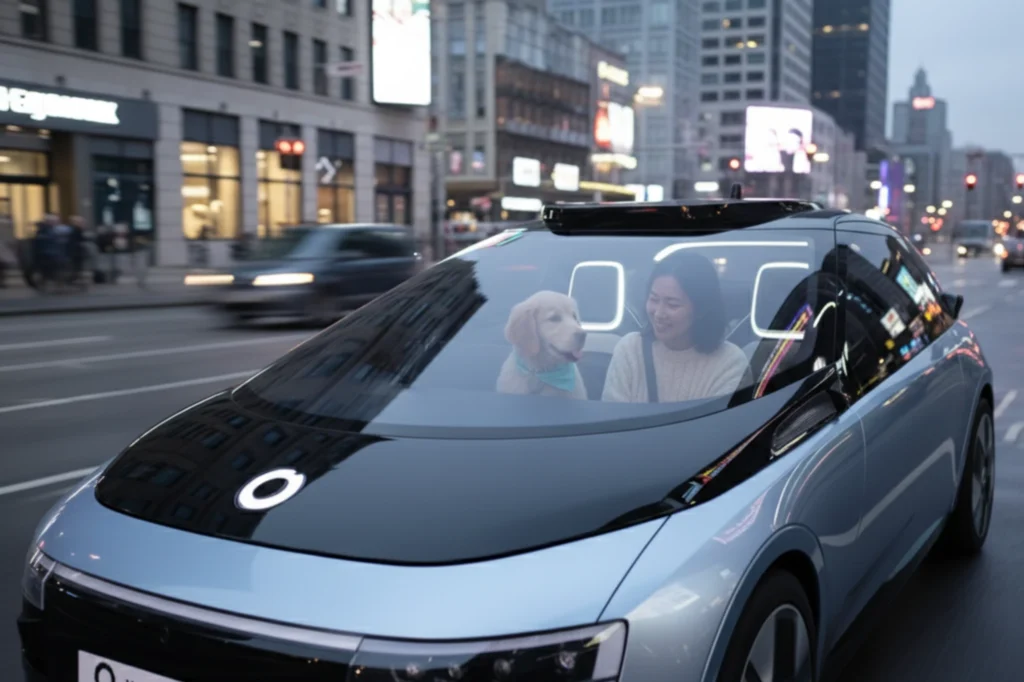
From the Present to the Future: The Journey Is Just Beginning
Far beyond being mere self-driving cars, Robotaxis signify a transformative change in how we navigate our cities, plan urban spaces, and understand traffic safety. At the same time, they encourage trust in technology while pushing us to reconsider urban coexistence. As a result, Robotaxis are not just vehicles—they are a vision for the future of mobility.
If you’re curious about how mobility and traffic culture impact safety, you might enjoy learning about car stickers in Japan, an interesting example of social awareness. You can also check out NOM-086-SCT2-2015 key regulation in road construction zones, on road construction, which is important for understanding how our roads stay organized.
The future of transportation is already underway, and the Robotaxi will be one of the most significant players in this transformation.
